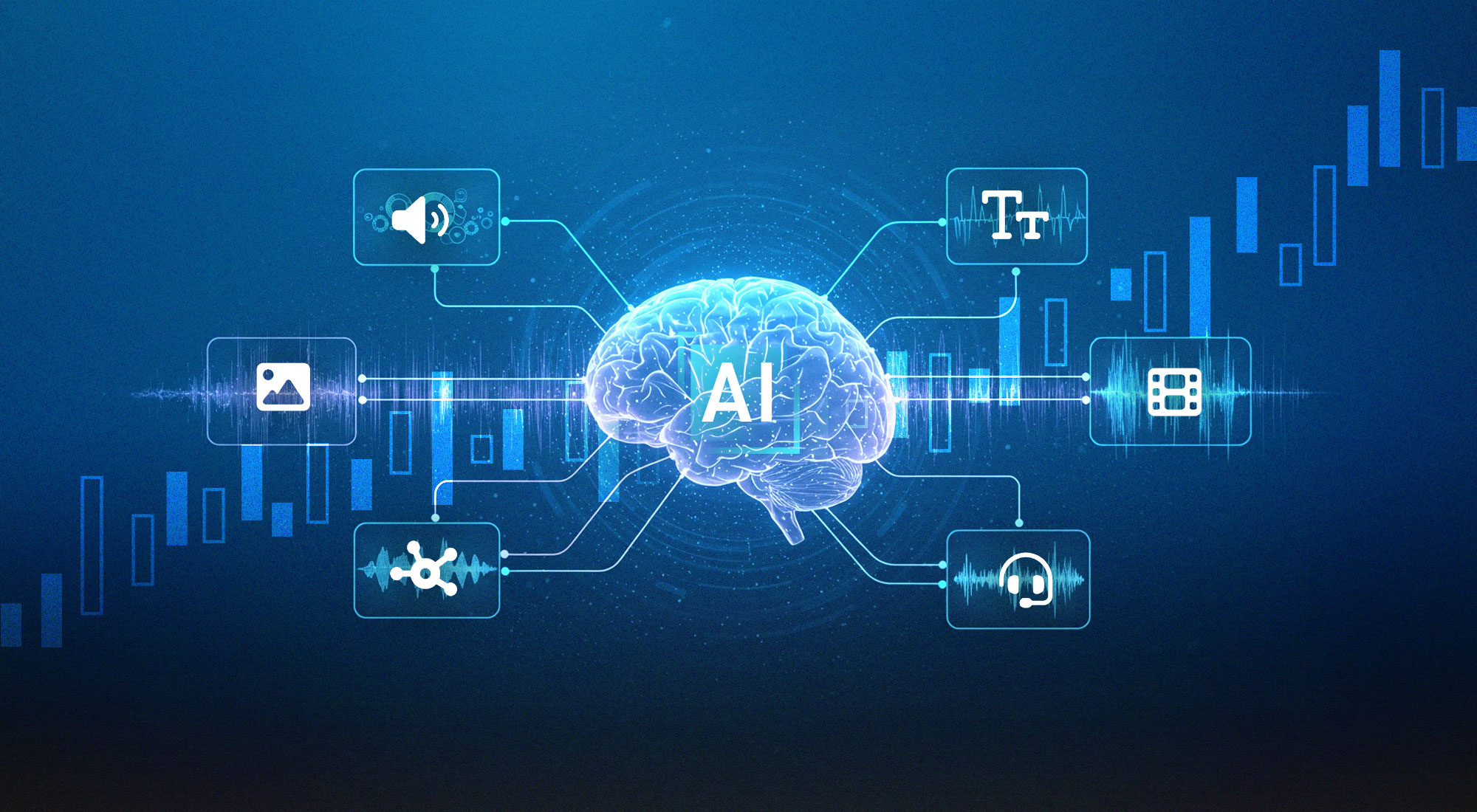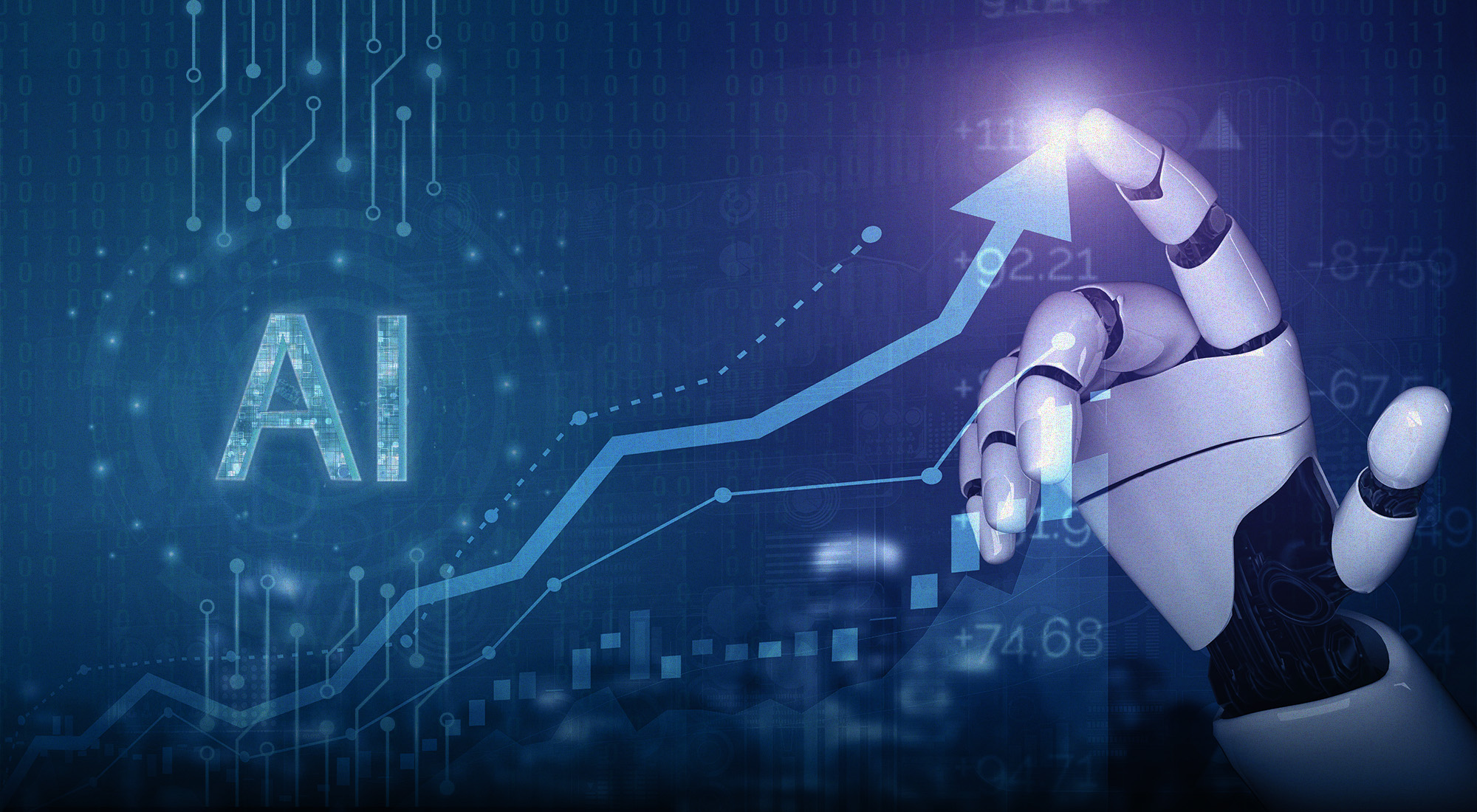Introduction
The rapid development of Artificial Intelligence (AI) has the potential to revolutionize various aspects of our lives, offering opportunities for increased efficiency, productivity, and even societal progress. However, this rapid growth also raises concerns about potential social injustices. AI systems, often trained on biased data, can perpetuate existing inequalities and discriminatory practices. This disconnect between AI development and principles of social justice necessitates a proactive approach to ensure equitable and responsible implementation of this powerful technology. This paper aims to propose concrete policy recommendations that bridge this gap and align AI development and deployment with principles of social justice. These recommendations focus on three key areas:
- Data Governance: This includes implementing regulations and guidelines that promote transparency and accountability in data collection and usage. This ensures the data doesn’t inadvertently reinforce existing biases.
- Algorithmic Auditing: Establishing standardized frameworks for auditing AI algorithms to identify and mitigate potential biases in their decision-making processes.
- Mitigating Algorithmic Bias: This involves actively identifying and addressing potential discriminatory outcomes within AI systems through various strategies, such as diverse data collection practices, anti-bias training data, and standardized bias detection methods.
By addressing these crucial aspects, we can work towards harnessing the benefits of AI while mitigating potential injustices, ultimately fostering a future where this technology serves as a tool for positive societal change.
Social injustice caused by AI
AI has the potential to usher individuals into a new era of technological advancements and opportunities. However, this rapid development of AI also brings forth potential social injustices that need to be addressed. These potential social injustices include biased decision-making, privacy concerns, and increased inequality. To develop strategic policies that align AI development with social justice, it is crucial to address these issues and mitigate their impact on marginalized communities. This can be achieved by implementing regulations and guidelines that promote transparency, accountability, and fairness in AI systems. By ensuring that AI algorithms are regularly audited and monitored for bias and discriminatory outcomes, we can minimize the potential harm they may inflict on vulnerable populations. Additionally, it is important to prioritize the inclusion and representation of diverse voices in the development and implementation of AI technologies to prevent the perpetuation of existing social inequalities. This can be achieved by fostering collaborations between AI developers, policymakers, and community organizations to ensure that the concerns and needs of marginalized communities are considered. By actively involving these stakeholders in the decision-making process, we can work towards creating AI systems that are ethically sound, socially beneficial, and aligned with principles of justice and equity (Bardhan and Engstrom, 2021). Additionally, AI is likely to increase efficiency and productivity, as machines can make decisions faster and without human intervention. For instance, self-driving cars could be deployed to patrol roads, potentially reducing accidents to a minimum. Overall, AI and advanced robots are transforming the job landscape in developed countries as they shift from manufacturing to service and knowledge-based industries. These changes will require new strategies and may necessitate significant social, political, and economic transformations as the very fabric of our society undergoes a fundamental shift. To delve deeper, it is crucial to define and understand social justice and its core principles.
Social justice is challenging to define due to its broad usage in political and moral discourses. In political philosophy, it is intertwined with culture, social change, freedom, solidarity, and human rights. Social justice is linked with equality and equity, although they are distinct concepts. Professor Martha Albertson Fineman suggests that social justice goes beyond legal aspects and requires a welfare state. Fairness is often associated with natural and legal rights when discussing social justice, with citizens expecting fair resource distribution from the government. Dr. Brian W. Meeks emphasizes the importance of equity and fairness in creating a just society (Bernhardt, 2023).
AI privacy violations
The recent expansion of AI as the latest technological phenomenon that can help us automate tasks offers an opportunity to reassess the challenge to privacy that mass data collection and profiling creates. Big data, or broad and varied data sets that reveal complex patterns and trends, is what AI technology uses as its raw material in order to learn, adapt, and develop. This requirement for vast amounts of data has led to a corresponding rise in mass data collection and the advancement of increasingly intricate and refined profiling (Li et al., 2023). This raises significant concerns about privacy violations and possible discrimination. To protect people from privacy infringements and the discriminatory effects of mass data collection and profiling, strategies for enforcing strict regulations and safeguards must be put in place. The primary concern with this type of profiling is that it intrudes on the privacy rights of the individuals whose information is being processed. The current law, the Data Protection Act 1998 (DPA), provides a system of regulation that is intended to strike a balance between the usefulness of technology and the protection of individual privacy rights (Vanberg, 2021).
However, there are a few ways in which the option for this regulatory regime might be seen as insufficient to deal with the operation of AI for the purpose of mass data collection and profiling. For example, when every data subject’s consent is systematically avoided by the data controller, our rights as individuals can be undermined. Also, the requirement that consent must be expressed as ‘informed’ is very difficult to assess from the perspective of those responsible for upholding and enforcing our privacy rights. These challenges call for a reassessment of the balance between our right to privacy and the benefits of using technology within the current legal framework. This takes on an even greater urgency when we consider the potential for AI technologies to make more advanced and intrusive forms of mass data collection and profiling possible in the near future. If left unchecked, it could become increasingly difficult to argue that the balance provided for in the DPA between privacy and the demand for technology is being maintained.
One of the most difficult issues around AI technology is the extremely complex nature of modern algorithms and the lack of transparency of these algorithms to the public. Algorithms are step-by-step procedures for calculations, data processing, and automated reasoning. When most people think of algorithms, they might think of a recipe or a set of instructions for carrying out mathematical operations, and indeed, these definitions are good, non-technical descriptions. The problem is that modern algorithms—while also following a set of instructions—incorporate the use of massive amounts of data and have become so uniquely complex that now algorithmic transparency and understanding can often involve the development and utilization of new fields of knowledge and new computational methodologies (Tsamados et al., 2021). Now, well-educated computer programmers and those working within the field of algorithmic accountability are often the only people equipped to understand the real nature of the algorithms that are shaping increasingly large aspects of our lives. Such a high degree of what could be referred to as “algorithmic elitism” is undemocratic and reinforces the divide between the powerful and the disempowered in society. By keeping ordinary people and crucial oversight bodies in the dark about not only the function and potential consequences of algorithm-moderated decisions but also about the very nature of an algorithm itself, companies and governments are able to avoid accountability by creating and perpetuating a knowledge gap.
With the rise of “big data” and machine-learning technologies, any laws or policies that require explanations for algorithm-moderated decisions are likely to be difficult to meaningfully implement; machine-learning algorithms can develop their outputs without being explicitly programmed with new training data that is factual and/or socially relevant to their declared function. This is problematic for established accountability practices, such as public reasons and the ability to question and review the decision-making of those in power, because it becomes almost impossible to explain and justify algorithm-moderated decisions when their true nature is guarded by the few with the expertise to understand them.
Proposed regulations for responsible data collection, storage, and usage
Proposed regulations should mandate that data collectors elucidate their data collection purposes. Thus, the regulation requires transparent data collection processes, and with the personal data protection legislation in the UK, this regulation will provide the needed direction and requirements for responsible data collection (Jo and Gebru, 2020). The legislation requires that unclear, illegitimate, and unfair data collection steps should be avoided and anyone contravening the same is liable to legal suits and actions. Data storage and usage regulations are essential in that they help serve the interests of personal data owners, users, and data security. The proposed regulations therefore mandate that data storage and usage data controllers should ensure that: first, each data is stored and protected in its specific data storage and should not be accessible or used outside the express authority given for its usage. Data user accounts and accessibility should be monitored, and any breach of the data usage regulations should lead to legal action. Data servers’ locations and data movement procedures must ensure data security and control. Each data creator or person responsible for the data must be able to easily assess the data, check its accuracy and usability, and alter the data as far as necessary.
Mitigating bias in AI systems
To effectively mitigate bias and prevent AI systems from deepening social inequalities, diverse representation in data collection and analysis is crucial. Data diversity ensures that AI models reflect the complexity of our world, reducing their likelihood of perpetuating harmful stereotypes and discriminatory outcomes. This strategy directly counters the argument that increased scrutiny of AI systems for bias hinders innovation. Instead, as the Regulatory Impact Assessment of the proposed EU Artificial Intelligence Act 2021 recognizes, incorporating a “risk-based approach” with “public safety and security requirements” can actually boost responsible AI development. Therefore, a critical lens focused on bias does not stifle innovation; rather, it redirects innovation towards more ethical and impactful outcomes, benefiting all of society.
Data anonymization and privacy-preserving technologies
One of the most promising strategies for advancing the social good in the context of AI is to regulate the protection of data, given that AI applications feed on large amounts of data, some of which will contain sensitive identifying information. The report of the 2019-2020 California Attorney General recommended the use of anonymized and de-identified information to alleviate the risks associated with the handling of personal information. Both anonymization and de-identification aim to protect individual privacy by distinct people within a given dataset. Firstly, the main distinction between anonymization and de-identification is the presence of a Trusted Third Party, who converts the identifiers into anonymized codes provided only to the researchers or the public authority in charge of the data, ensuring an additional layer of confidentiality in the data processing cycle, called pseudonymization. De-identification involves the process of rendering personal data identifying individuals from being ‘re-identified’, by removing or altering the identifiers from a dataset, such as names, addresses, telephone numbers and so on, or applying technical measures to ‘segment the data or restrict the recipient’s access’. By following certain detailed guidelines from new statutory provisions and reading the criteria in a constructive manner, it is reasonable to believe that businesses and public authorities alike would have the incentive to ensure that data is stored and processed in a way that artificial intelligence will eventually benefit society in the future.
Algorithmic auditing
Algorithmic auditing, as a subset of algorithmic accountability, examines algorithmic models, their developments, and applications, assessing both holistic and specific qualities of algorithms according to ethical and moral standards and assessing the potential and actual impacts of algorithms on individual, social, and system levels. Despite the fact that auditing as an activity has already been heavily discussed in the social informatics literature, the actual practice of algorithmic auditing in AI development is still more or less in its nascent stages. Moreover, the emerging practice of assessing algorithmic fairness and equity adds another dimension to the concept of algorithmic auditing, which will require not just different but also more comprehensive means of performing such a type of auditing in AI development. It is important to establish standardized guidelines and frameworks for algorithmic auditing. Through the inclusion of a strong emphasis on dissecting the experienced and interconnected backgrounds of information and recognizing the correlation between data comprehension and societies, critical studies on data have the potential to offer direction for aligning algorithmic examination and inventive participatory approaches in a calculated manner. This subsequently presents avenues for performing audits that are intricately intertwined with society.
Given the wide range of potential uses for algorithmic impact assessments—health care, unemployment, and evaluation in the criminal justice system—a broad examination will require input from a variety of domain experts. Nevertheless, the UK experience with data protection impact assessments has shown that, as long as the scope of a given assessment is well defined, these assessments can serve as a useful and practical step in implementing these kinds of recommendations. The law could, for example, provide a set of criteria for deciding what the appropriate level of algorithmic impact assessment ought to be for a given application. Such decision criteria might depend on certain attributes of the algorithm in question. For example, a bigger emphasis on public participation in the assessment process could be mandated in cases where the algorithm in question is used in a decision-making process that affects members of the public or where any information used as an input to the algorithm is obtained from the public. But any effort to operationalize these high-level standards will still require careful consideration of contextual and technical differences across the potential uses of algorithmic impact assessments. This conditional approach of tying the level of impact assessment required to the nature of the algorithm and the scope of its potential uses could help alleviate concerns about the practicality of ex-ante assessments. This approach would also avoid the inflexible burden of a blanket requirement for algorithmic impact assessments and instead allow for the level of assessment to be tailored to the specific needs of the affected public and the nature of the relevant algorithm.
Standardized metrics and procedures for identifying and mitigating algorithmic bias
The NAACP Data Responsibility Workgroup proposes the implementation of standardized metrics and procedures to detect algorithmic bias, in addition to requesting algorithmic impact assessments. They suggest the adoption of bias “standards” that algorithmic systems must follow to be deemed acceptable for important decision-making. Another idea is to utilize “anti-bias training data” to minimize the negative effects of discriminatory algorithmic decisions. This could involve publicly disclosing instances of proven algorithmic discrimination or analyzing training data extensively for known biases. The workgroup asserts that standardizing the process to identify algorithmic bias will ensure effective problem-solving with all parties involved. These proposed solutions align with the evolving field of “Fairness, Accountability, and Transparency in Machine Learning,” which aims to address algorithmic bias. A different approach is proposed by the European Union, which requires companies to disclose the training data used by machine learning algorithms under the proposed Artificial Intelligence Act, 2021 (Khan and Mer, 2023). This Act will establish regulations concerning the use and development of AI that can significantly impact individuals’ rights or obligations. Specifically, organizations will need to provide a meaningful subset of training data that evaluates a critical aspect of a person’s well-being and is used for predictions by high-risk systems. This approach emphasizes understanding and addressing potential algorithmic discrimination patterns within decision-making processes while not excluding the use of standardized testing and measures of bias as proposed by the NAACP. The EU approach reflects an ongoing debate regarding the balance between promoting social trust through transparency measures and concerns about existing biases persisting in systems without sufficient oversight.
Conclusion
For policy actions to ensure fairness in the development and implementation of AI, our conclusion emphasizes the significance of proactive measures to ensure that AI is created, advanced, and utilized in a manner that benefits society and improves the future for all members of society, particularly those who may be susceptible to social exclusion or digital discrimination. In this regard, AI should be understood as a tool to enable more inclusive, just, and equitable societies where human rights and social justice are strongly advocated and upheld. Nevertheless, these visions will not be realized through technological solutions or hands-off approaches. It is crucial to establish and sustain a dynamic network of stakeholders from the government, industries, civil society groups, and the public, where social, ethical, and legal concerns related to AI development and deployment are openly and inclusively discussed. Furthermore, regulators and policymakers should facilitate the transition from principles to tangible outcomes by effectively regulating and governing the various stages of AI development. It is imperative for the community to take decisive action now and move in the right direction to ensure that all members of society reap the long-term benefits of the rapid advancement of AI and digital revolutions. By critically examining the current predominant non-interventionist, technology-driven approaches in AI policy and proposing future roles for governments in facilitating a human-centered and well-governed approach to AI development and deployment, the suggested recommendations have significant implications for contemporary digital societies and have the potential to bring about transformative changes that embody fairness, equality, and social justice.
References
Bardhan, Nilanjana R., and Craig L. Engstrom, “Diversity, Inclusion, and Leadership Communication in Public Relations: A Rhetorical Analysis of Diverse Voices.” Public Relations Journal 12, no. 4 (2021), https://prjournal.instituteforpr.org/wp-content/uploads/Bardhan_PRJ14.2-1.pdf.
Bernhardt, Mark, “American Cold War Hospitality: Portraying Societal Acceptance and Class Mobility of Mexican, Cuban, and Chinese Immigrants in 1950s Sitcoms.” Journal of Cinema and Media Studies 62, no. 4 (2023), https://muse.jhu.edu/pub/349/article/904625/summary.
Jo, Eun Seo, and Timnit Gebru. “Lessons from Archives: Strategies for Collecting Sociocultural Data in Machine Learning.” Proceedings of the 2020 conference on fairness, accountability, and transparency, 2020, acm.org.
Khan, Farha, and Akansha Mer, “Embracing Artificial Intelligence Technology: Legal Implications with Special Reference to European Union Initiatives of Data Protection,” Digital Transformation, Strategic Resilience, Cyber Security and Risk Management (Leeds: Emerald Publishing Limited, 2023) 119-141, https://www.emerald.com/insight/content/doi/10.1108/S1569-37592023000111C007/full/html.
Li, Joey, Munur Sacit Herdem, Jatin Nathwani, and John Z. Wen, “Methods and applications for Artificial Intelligence, Big Data, Internet of Things, and Blockchain in smart energy management.” Energy and AI 11 (2023), https://www.sciencedirect.com/science/article/pii/S2666546822000544.
Roche, Cathy, P.J. Wall, and Dave Lewis, “Ethics and diversity in artificial intelligence policies, strategies and initiatives.” AI and Ethics 3 (2023), https://link.springer.com/article/10.1007/s43681-022-00218-9.
Tsamados, Andreas, Nikita Aggarwal, Josh Cowls, Jessica Morley, Huw Roberts, Mariarosaria Taddeo, and Luciano Floridi, “The ethics of algorithms: key problems and solutions.” AI & Society 37 (2021), https://link.springer.com/content/pdf/10.1007/s00146-021-01154-8.pdf.
Vanberg, Diker Aysem, “Informational privacy post GDPR–End of the Road or the Start of a Long Journey?,” The International Journal of Human Rights 25, no. 1 (2021), gold.ac.uk.








